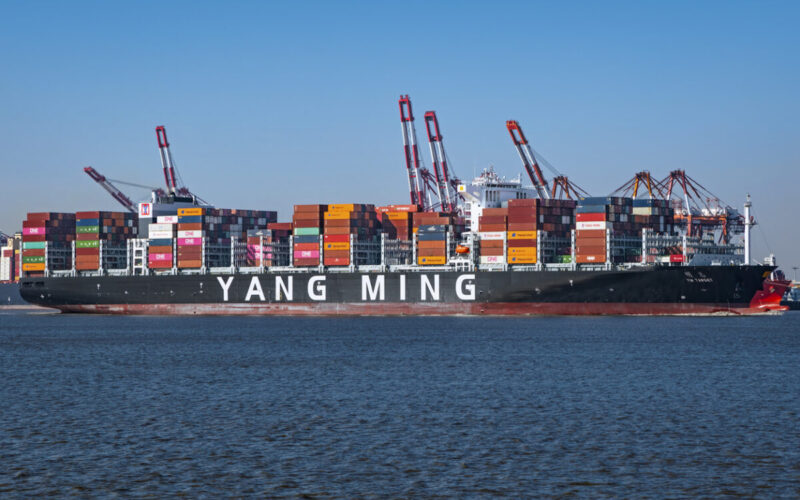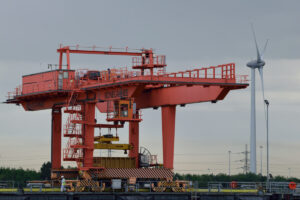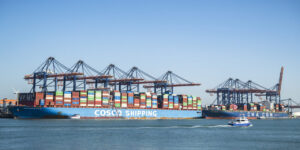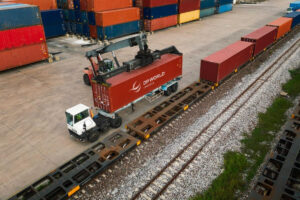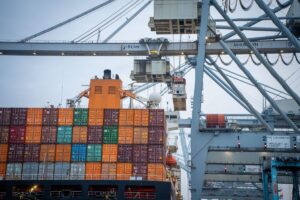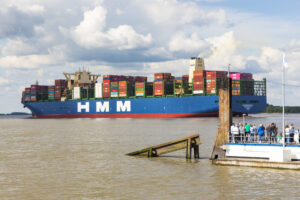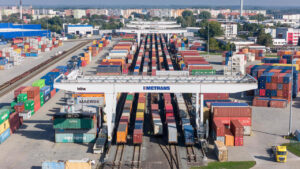Yang Ming Marine Transport Corporation (Yang Ming) has recorded consolidated revenues of NT$38.66 billion ($1.21 billion) with after-tax net profit of NT$0.99 billion ($30.9 million), and earnings per share (EPS) of NT$0.28 ($0.009) in Q2 2025.
For 2025 H1, consolidated revenues totalled NT$84.17 billion ($2.64 billion), while after-tax net profit reached NT$8.76 billion ($274.82 million), reported Yang Ming.
Due to weaker cargo volume and rate levels stemming from ongoing trade negotiation uncertainties, as well as the recognition of Profit-Seeking Enterprise Income Tax on undistributed earnings, which impacted overall profitability, Yang Ming’s H1 EPS was NT$2.51 ($0.08).
The July 2025 IMF World Economic Outlook raised global GDP growth forecasts to 3.0 per cent for 2025 and 3.1 per cent for 2026, suggesting trade barriers have had less impact than expected.
However, uncertainties in trade talks and geopolitical developments continue to cloud the outlook.
In container shipping, Drewry and Alphaliner project global fleet capacity growth in 2025 of 6.3 per cent and 6.2 per cent, respectively, against demand growth of just 2.0 per cent and 2.7 per cent, signalling ongoing supply–demand imbalance.
READ: Yang Ming adjusts services on Transpacific East Coast loops
Drewry also foresees softer market conditions in the second half due to front-loaded shipments in H1.
On the supply side, carriers continue to reroute via the Cape of Good Hope to mitigate Red Sea security risks, partially absorbing excess capacity.
Market conditions vary across segments. Despite the traditional summer peak season, the Transpacific trade was impacted by US tariff uncertainty, while Asia–Europe and Asia–Mediterranean trades are expected to remain positive.
Intra-Asia demand is steady, whereas Asia–Australia, Asia–Latin America, and other segments require close monitoring for market volatility.
“Looking ahead, Yang Ming will focus on reliable service delivery, agile capacity management, and new market development to navigate market fluctuations,” the company stated.
“The Company will continue advancing its fleet optimisation programme, replacing older vessels with energy-efficient, alternative fuel–ready tonnage, strengthening operational flexibility, and building a low-carbon, sustainable, and safe global transportation network.”

